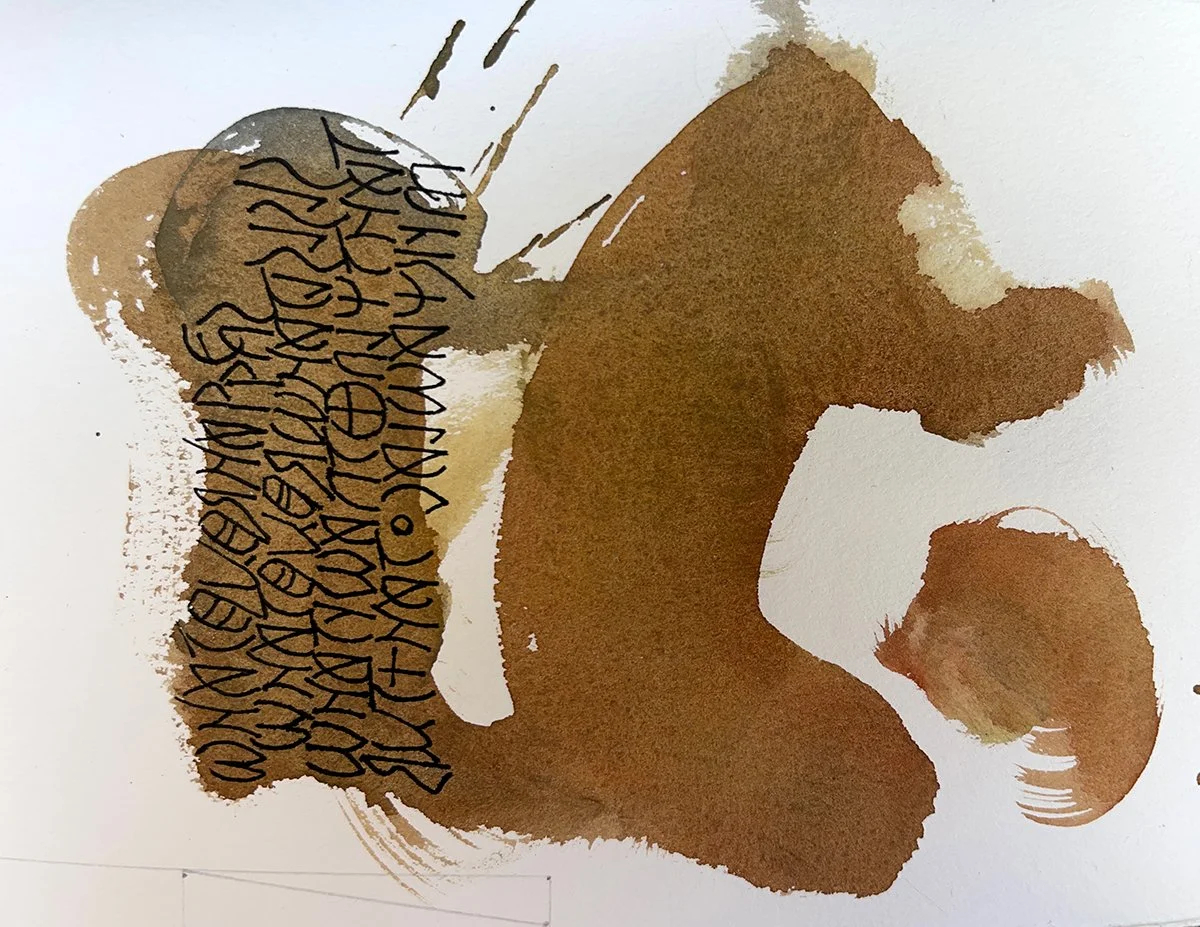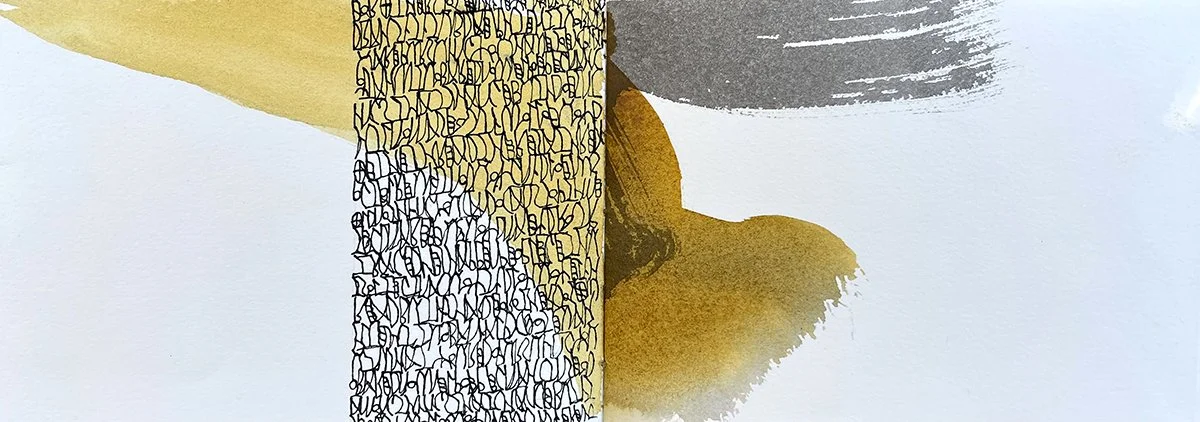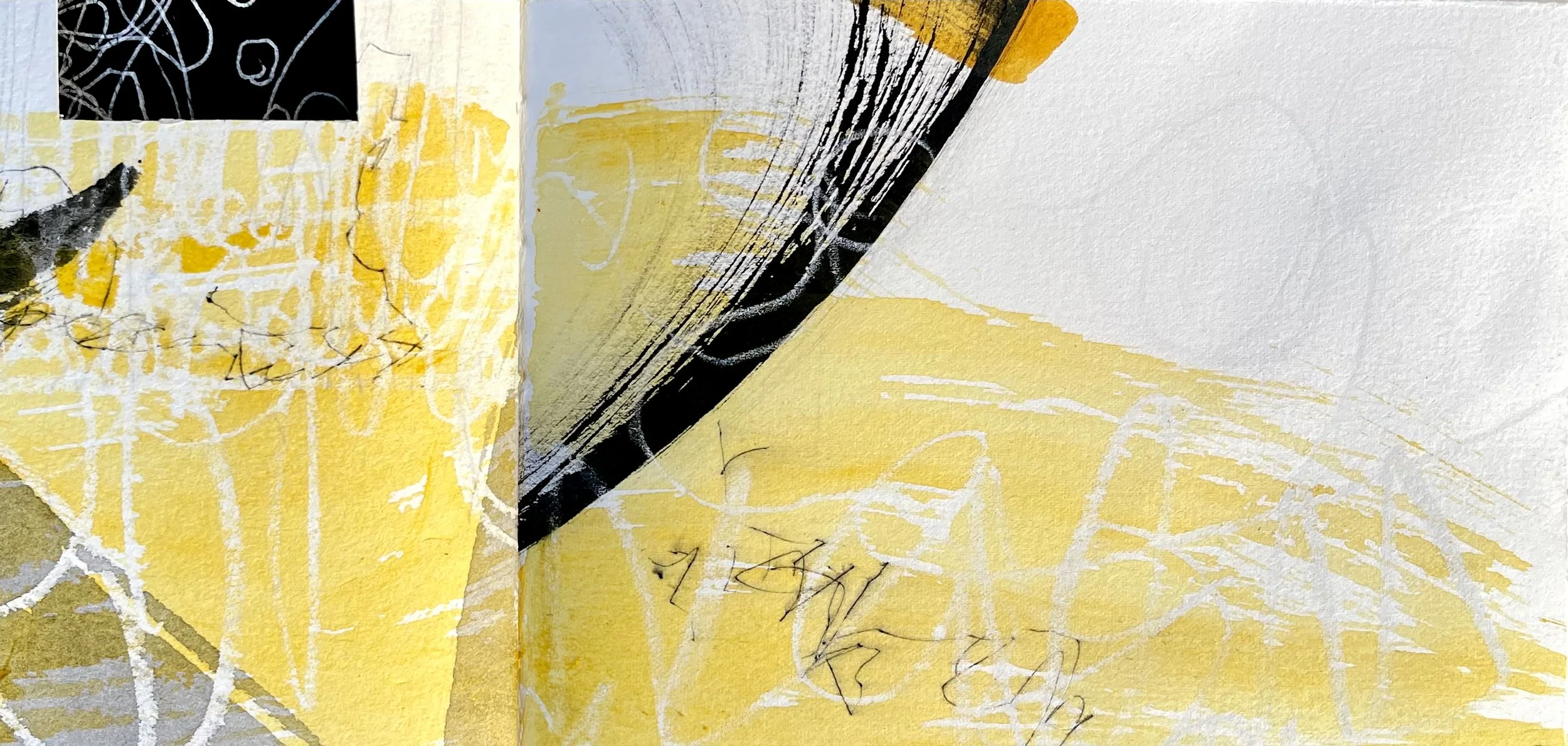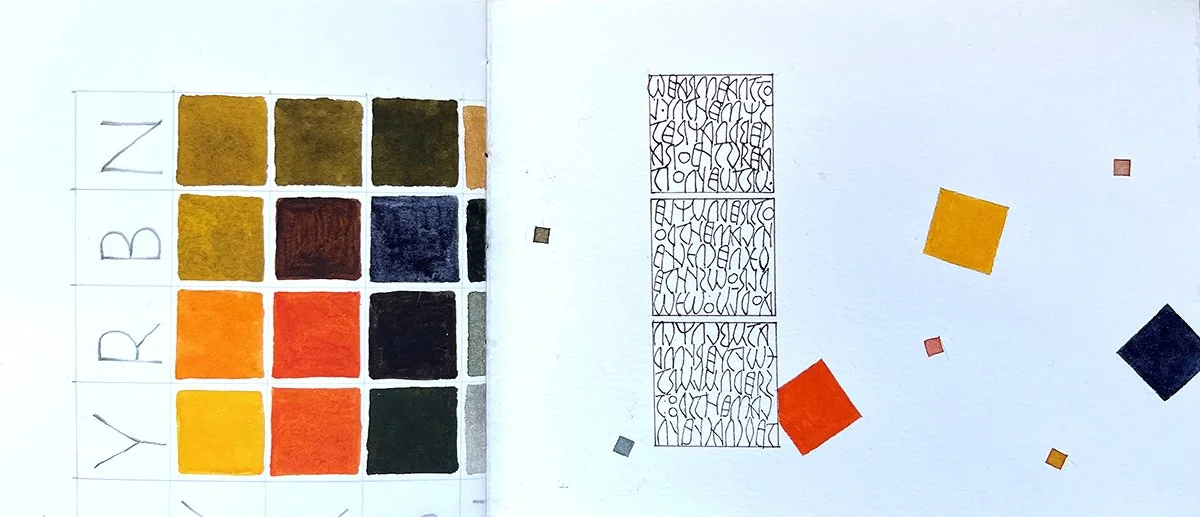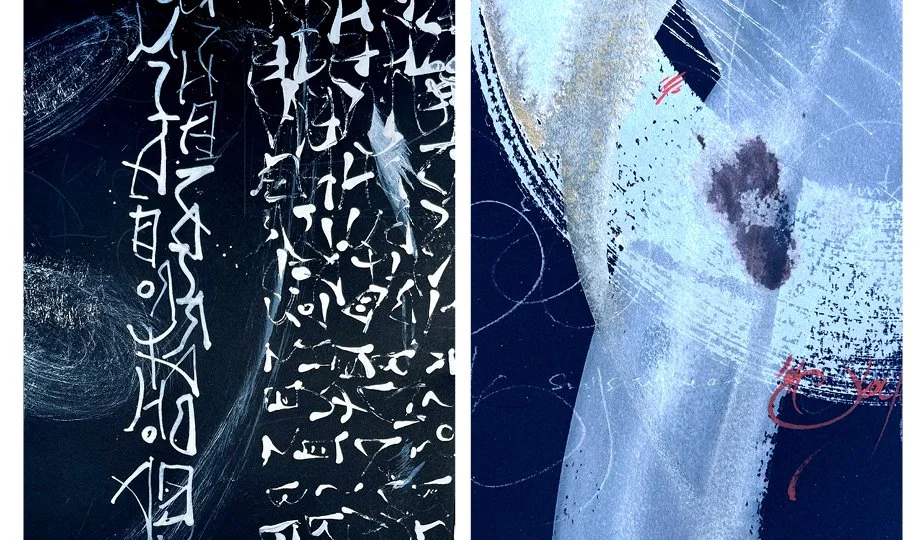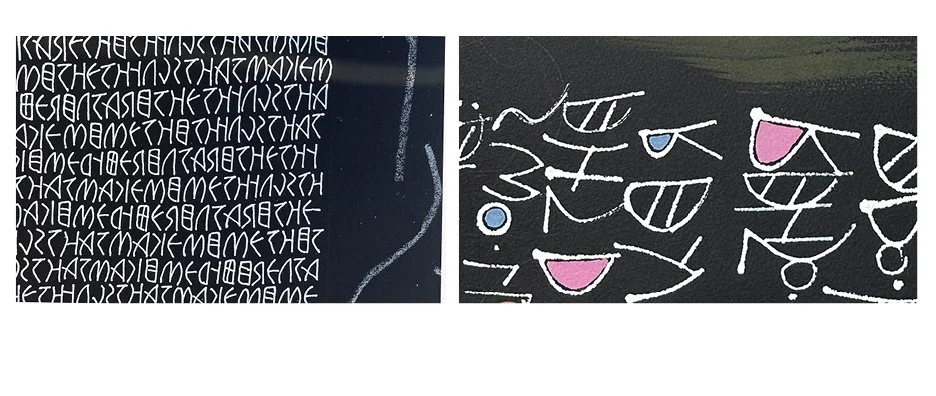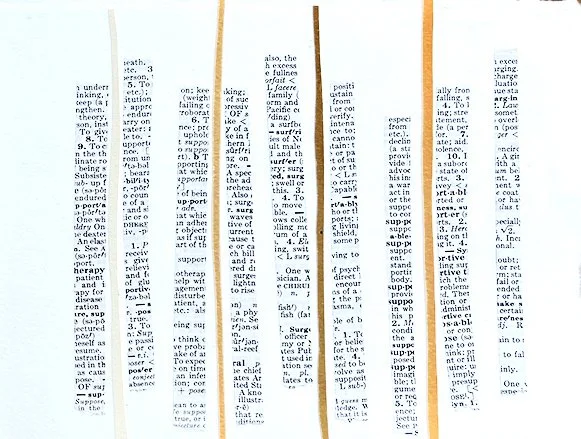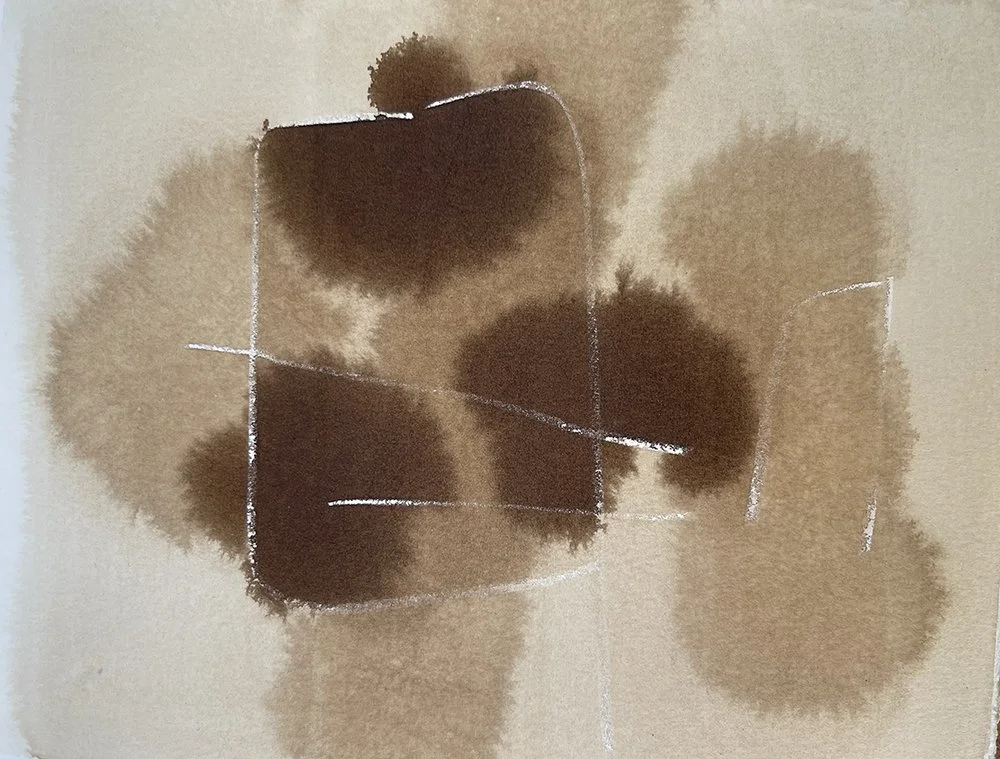“Turn me into song…”
from How Beautiful the Beloved by Gregory Orr
Page from “Your Shadow Practices” | Handmade book just purchased by the Harrison Collection in San Francisco © Laurie Doctor
How do you refresh your relationship with what is sacred?
The ancient idea of having a gatekeeper, a guardian for a sacred place, returns at a time when most gates have become porous to continuous interruptions — we are all “on call.” But without the stability of a gatekeeper that protects the threshold as barrier, the lightning-fast change that we are all a part of overruns its bounds, and transformation becomes a superficial commodity.
The kind of work that emerges when everyone agrees to protecting uninterrupted time is unpredictable, powerful, and often a breakthrough for the maker. This is what keeps me teaching — the delight that comes from doing work that you don’t already know how to do, from doing things that may be “ugly” or surprising or unexpected by taking the risk to be unavailable to anyone except the muse, by dipping into the Unknown.
What follows are some examples from the students in my recent class in San Francisco, a magnificent group. The work speaks for itself.
I handed out my “Etruscan” alphabet I am still developing for teaching in Italy:
Etruscan alphabet | © Gaston Yagmourian
Etruscan alphabet and book spine | © Gaston Yagmourian
Making an Etruscan letter with a large brush:
Etruscan alphabet | © Virginia Silbowitz
Etruscan letter | © Ellen Bauch
Etruscan letter and text | © Nancy Orr
Etruscan alphabet by © Dean Robino
Etruscan alphabet | © Elena Caruthers (left) and © Catherine von Schwind (right)
Etruscan alphabet | © Meredith Klein
We referred to Hans-Joachim Burgert’s studies of line to play with patterns of letters in writing words:
Book page and case with line patterns inspired by Hans-Joachim Burgert | © Claudia Kruse
We spent some time doing “sound drawings” with both hands and eyes closed. I told the students that I cannot explain why, when I do this experiment, it makes me unaccountably happy. In our classroom, the air was full of the joy of pure absorption and experiment:
Sound drawing | © Meredith Klein
Sound drawing | © Vicky Lee
Sound drawing | © Minna Pinger
Sound drawing | © Inja Vitero
Sound drawing | © Ruth Gendler
Sound drawing and color palette | © Gaston Yagmourian
We worked with an “old school” approach to color mixing with a limited palette of watercolors, and mixed a range of neutrals from this palette:
Limited palette book page with Etruscan lettering | © Sherrie Lovler
Line practice with limited palette | © Vicky Lee
Limited palette and line pattern | © Fredi Juni
Limited palette | © JoAnn Brand
The students made cases for their books:
Cases for the book | © Ellen Bauch (left) and © Sherrie Lovler (right)
Cases for the book | © Maya Togashi (left) © Nancy Noble (right)
Many more experiments than I can post were created this week:
Collage | © Fredi Juni
Limited palette painting | © Gaston Yagmourian
I will close with this untitled poem from Gregory Orr, How Beautiful the Beloved:
This is what was bequeathed us: This earth the beloved left And, leaving, Left to us. No other world But this one: Willows and the river And the factory With its black smokestacks. No other shore, only this bank On which the living gather. No meaning but what we find here. No purpose but what we make. That, and the beloved’s clear instructions: Turn me into song; sing me awake.
Do you have a dedicated space for uninterrupted time? What helps you to dive deep into your work? I’d love to hear from you.




